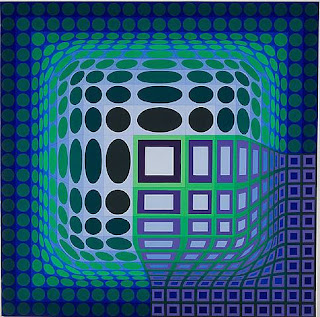
Pierre Bergé & associés is hitting the headlines once again in Brussels with the opening of a new space:
“La Galerie de Pierre Bergé & associés” uniquely dedicated to Contemporary Design and American vintage; it opened its doors on 17th April with an exhibition of original pieces by the talented Belgian designer, Arne Quinze
Established in the heart of the Sablon area in Brussels since June 2006, Pierre Bergé & associés is embarking upon a new project by dedicating its space to the creation of a new gallery devoted to Design. After having developed major sales in this domain and created a reputation as the leading auction room in Belgium, Pierre Bergé & associés is focusing its new gallery on the world of contemporary design and American vintage.With a surface area measuring 200 m2, white walls and a mottled grey floor, the gallery will welcome several of the most popular designers once a year. They will create original pieces especially for the exhibition dedicated to their work. These unique and numbered pieces will be presented and sold exclusively at the gallery.
La Galerie de Pierre Bergé & associés will also specialise in American vintage from 1910 to 1970. The exhibitions will explore the work of an artist or shed light on a specific theme. They will all be accompanied by a monographic catalogue, at the price shown on the label, which will be sent to collectors before the inauguration of the event. A website will also be created with the possibility of making online purchases.
Parallel to its design gallery and auctions, Pierre Bergé & associés will initiate a design prize this year: the Skieven prize will be awarded to young designers. These first-year students from design schools will present pieces that have never been shown. This prize will be awarded for the first time in the second half of 2008.
La galerie de Pierre Bergé & associés
http://pba.masteredit.com/pba/site/Gallery-66.html
Scandinavian beauties sold at Pierre Berge's Brussels auction of Twentieth Century Scandinavian Classics:












